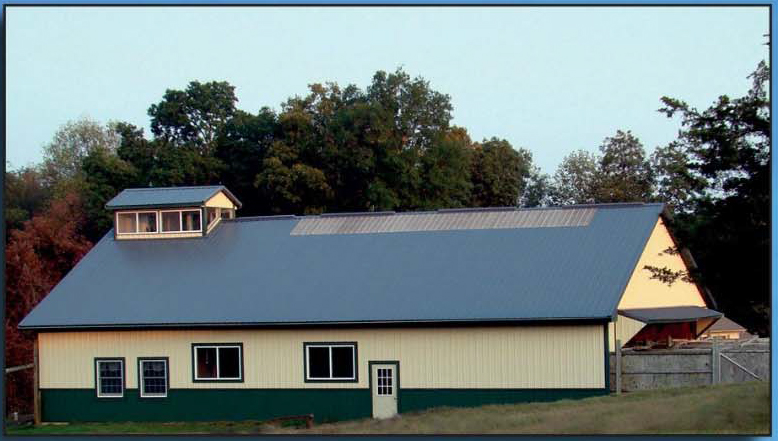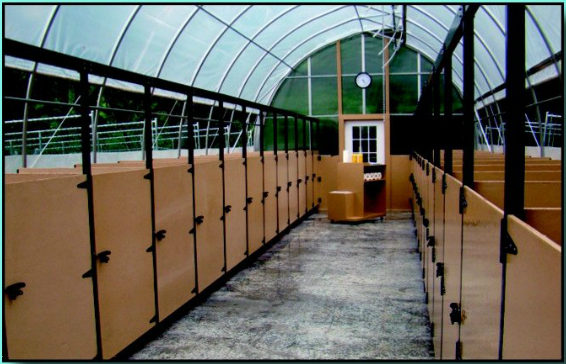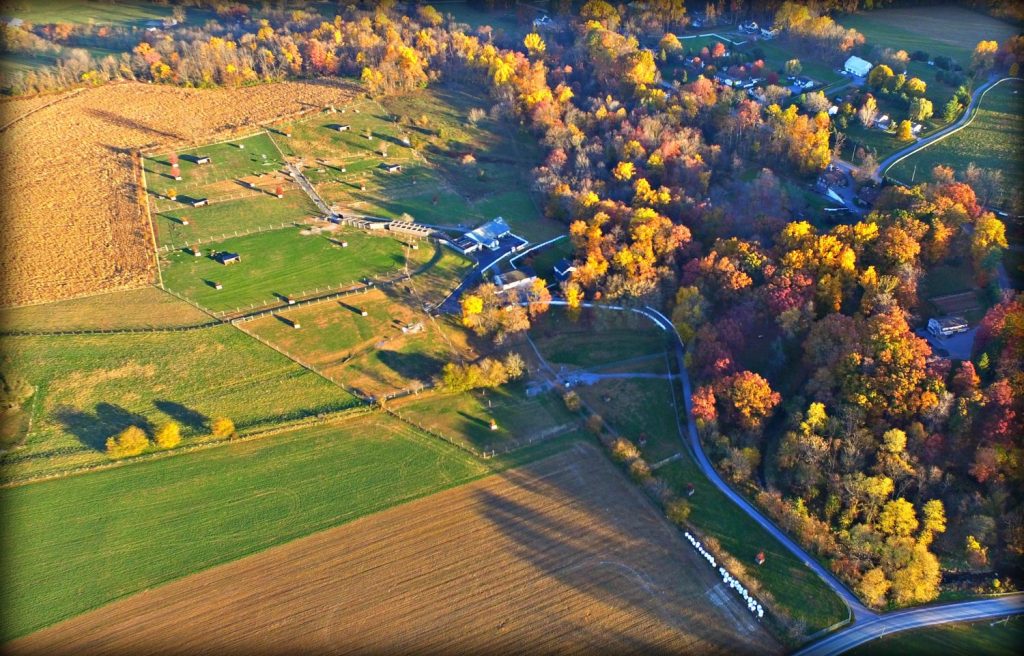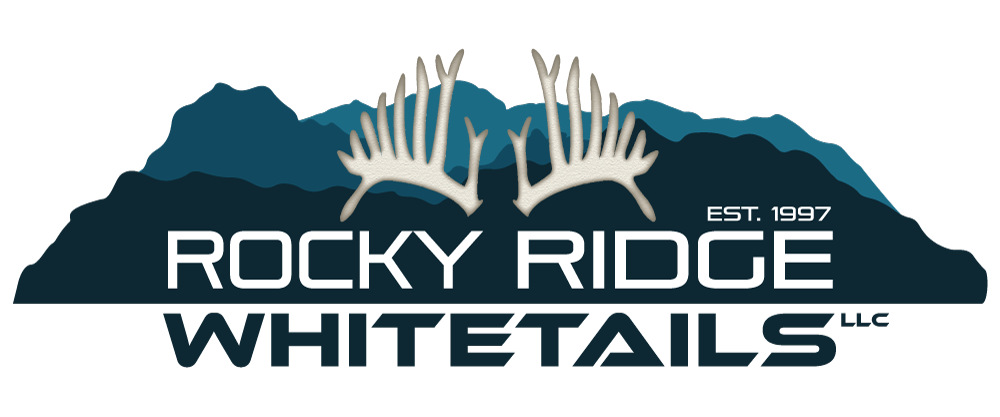About Rocky Ridge Whitetails
Rocky Ridge Whitetails is a family-owned operation that started breeding whitetail deer in 1997. They are consistently working to improve the quality of both whitetail and by emphasizing genetic selection for antler size, characteristics and overall herd health. Rocky Ridge Whitetails has received 100+ awards to date from the Deer Breeders Cooperative (DBC) and the North American Deer Farmers Association (NADeFA) antler scoring contests. Rocky Ridge Whitetails has also raised the World Record yearling whitetail buck in 2012 and the World Record three-year-old whitetail buck in 2017. World Record whitetail buck of all ages in 2024.
Quality always comes before quantity at Rocky Ridge Whitetails. Considering the amount of bucks thriving on the farm, as well as does who deliver fawns each year (between 40 and 50 does), they have a relatively small herd. Yet they also have a wide variety of typical and nontypical genetics to choose from. Rocky Ridge Whitetails established new partnerships with farms in Texas, Indiana, Ohio, Michigan, New York and Pennsylvania. Contact Rocky Ridge if you are looking for does and bucks from Rocky Ridge genetics found in these states, as well as in other states that accept imported deer. Rocky Ridge believes genetics are the number one key to raising large-antlered bucks. Other important factors include a well-balanced nutritional diet to help all herd members, bucks and does, to reach their full genetic potential.
Why Rocky Ridge Whitetails
At Rocky Ridge Whitetails, their Number One Goal is honesty and integrity, whether they are producing or selling deer. Their genetics are making a tremendous impact in the deer farming industry with not only award-winning typical and nontypical antler sizes, but also in breeding for GEBV and 96S, and 95H genotype genetics for less susceptibility to CWD.



Our Facilities
Rocky Ridge Whitetails has a state-of-the-art bottle-feeding facility and deer handling facility to live load deer, with no tranquilization needed. They have two breeding facilities located within a mile of each other.

